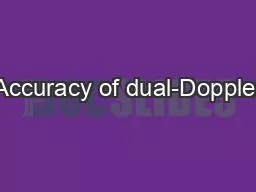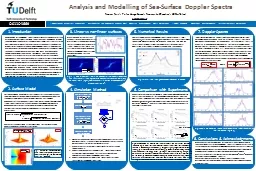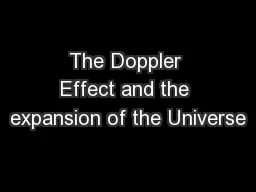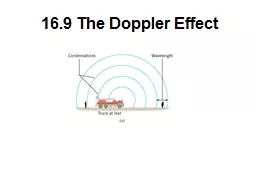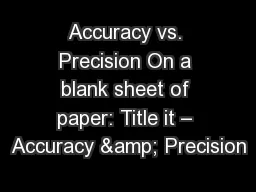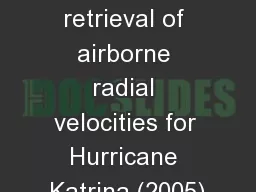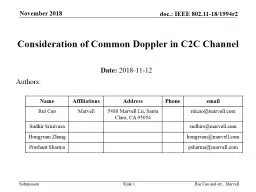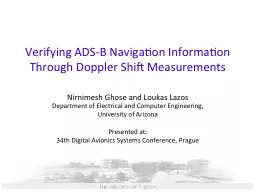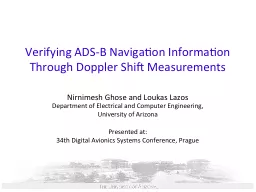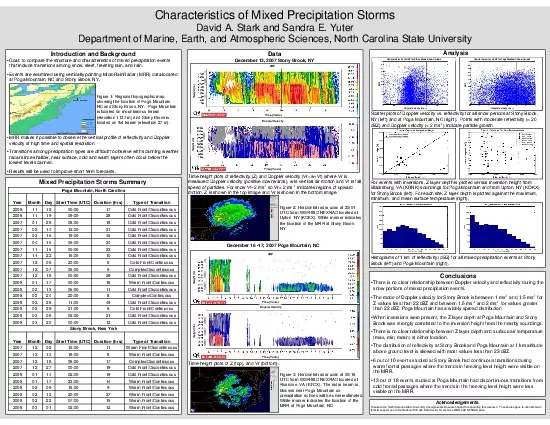PPT-Accuracy of dual-Doppler
Author : impristic | Published Date : 2020-06-30
lidar retrievals of nearshore winds Nikola Vasiljević and Michael Courtney WindEurope Resource Assessment Workshop 2017 Edinburgh UK What a lidar measures 2
Presentation Embed Code
Download Presentation
Download Presentation The PPT/PDF document "Accuracy of dual-Doppler" is the property of its rightful owner. Permission is granted to download and print the materials on this website for personal, non-commercial use only, and to display it on your personal computer provided you do not modify the materials and that you retain all copyright notices contained in the materials. By downloading content from our website, you accept the terms of this agreement.
Accuracy of dual-Doppler: Transcript
Download Rules Of Document
"Accuracy of dual-Doppler"The content belongs to its owner. You may download and print it for personal use, without modification, and keep all copyright notices. By downloading, you agree to these terms.
Related Documents

